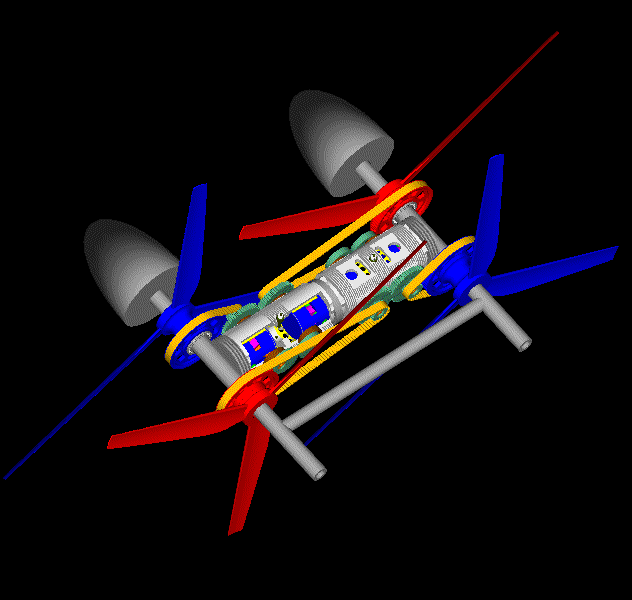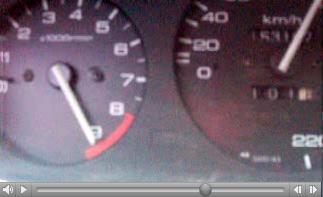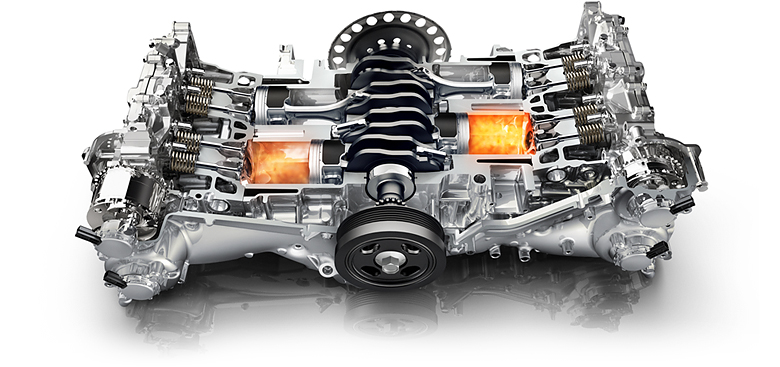In my last post it was mentioned the:
“Quasi-constant volume spark ignition combustion” paper:
(Copyright 2009, SAE International):
https://dspace.lboro.ac.uk/dspace-jspui ... 5b2%5d.pdf
Three universities of UK are involved in the project:
Rui Chen and Edward Winward
Loughborough University, UK
Paul Stewart
University of Salford, UK
Ben Taylor and Dan Gladwin
Sheffield University, UK
Here is the pattakon OPRE Tilting 2-stroke prototype engine:

(333 cc, bore 84mm, stroke 30+30=60mm
(same bore to stroke ratio with BMW's boxer R1200GS of 2013)
weight: 8.5Kp (19lb) without the exhaust pipe and the carburetor
height: 250mm)
and here is an animation of it:

and here is a plot showing the comparison of the piston motion profile of the OPRE with 1.3:1 con-rod to stroke ratio (blue curve) in comparison to a conventional (red curve) having 2.0:1 con-rod to stroke ratio:

(for more: http://www.pattakon.com/pattakonTilting.htm )
Here is an application of the OPRE Tilting that could change the world:


According the lab tests and the analysis presented in the above mentioned SAE paper of the three UK universities, the OPRE Tilting is a great engine design, from many viewpoints.
Please do read the paper having the spark ignition OPRE Tilting in mind.
Thanks
Manolis Pattakos.






